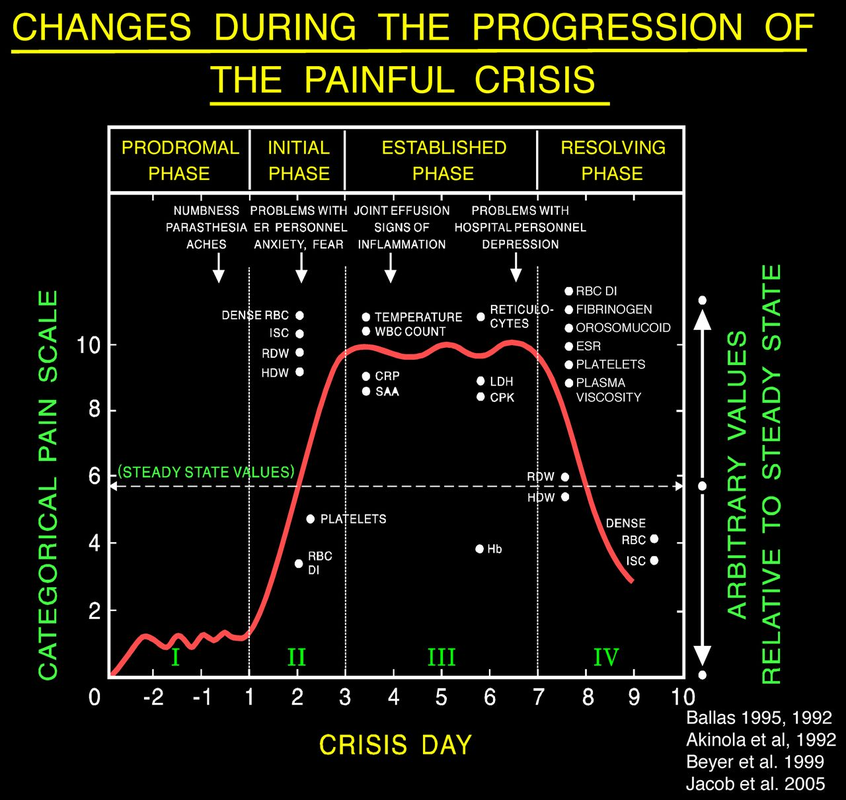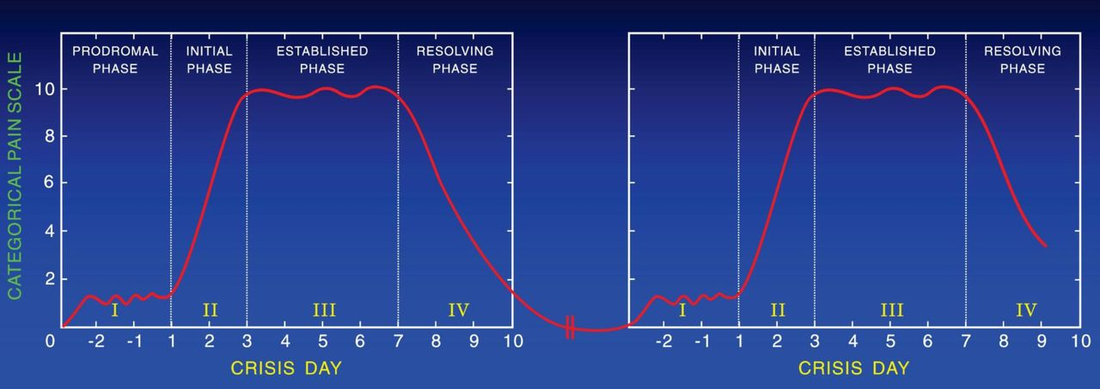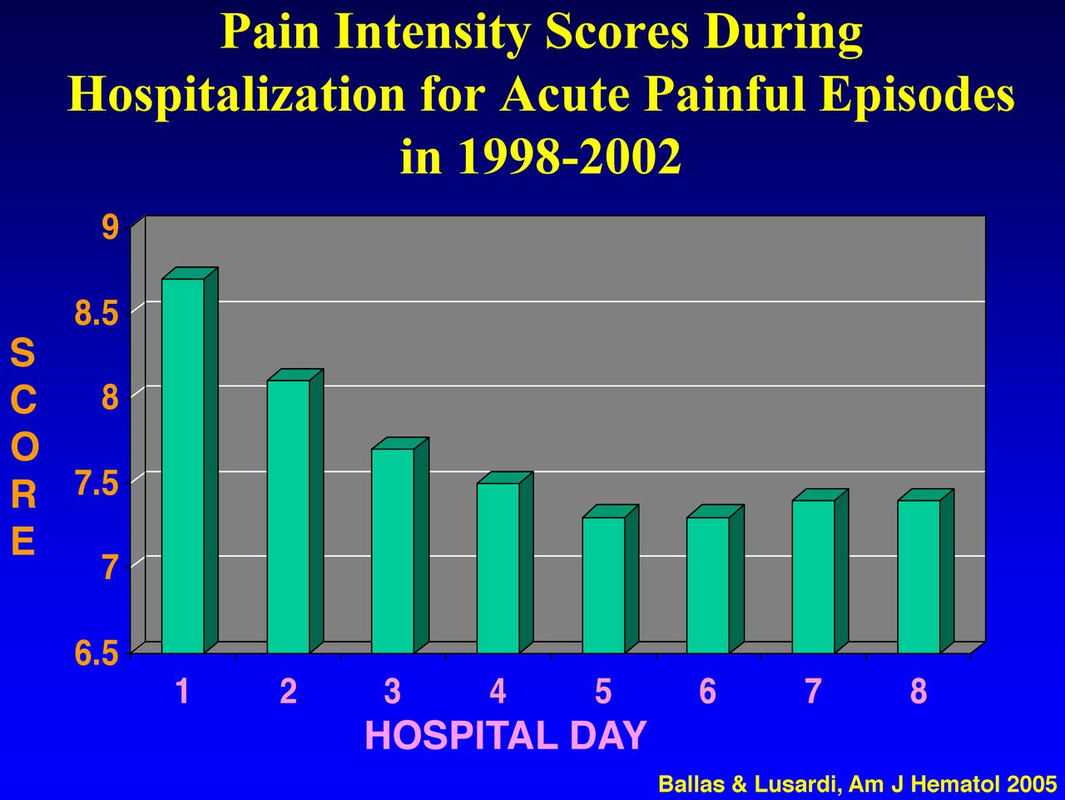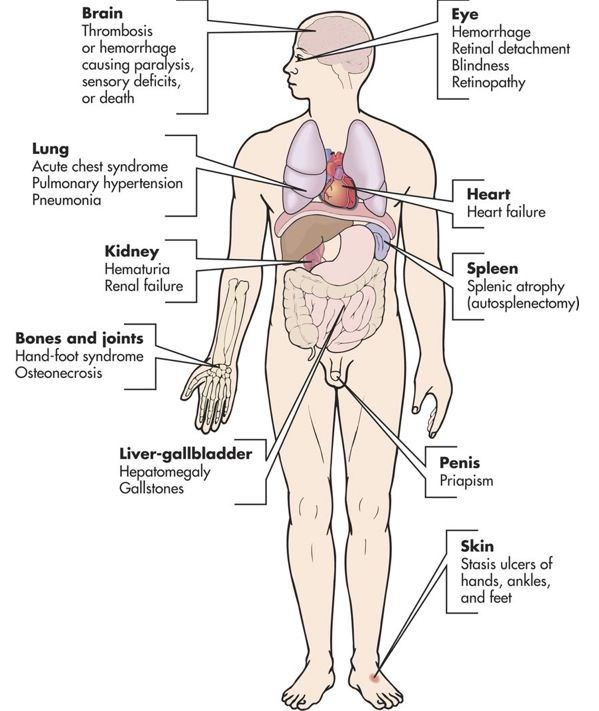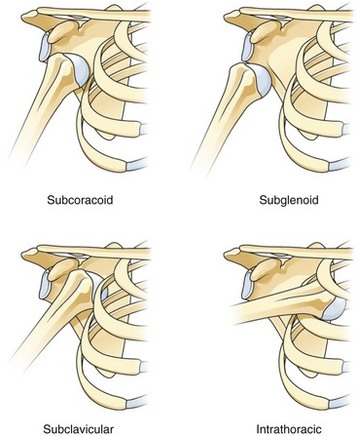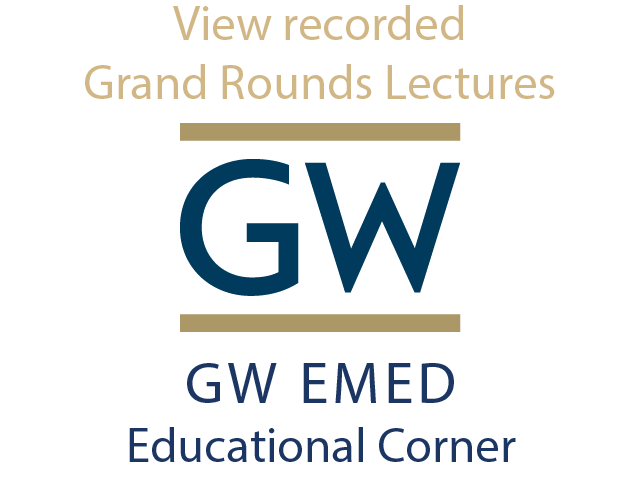Sickle Cell Disease - by Adbulla Genotypes
Pathophysiology
Clinical Manifestations
Vaso-occlusion
Pts are often still d/c'd with pain, but ideally can handle it at home with PO pain meds History
Physical Exam
Labs
Pain Treatment
Hydration
Oxygen
Magnesium
TR Project: Pelvic Kits - by Colton Notes on doing a TR project:
Plan:
Pelvic Kit
Logistics
Study
Resources for TR Projects
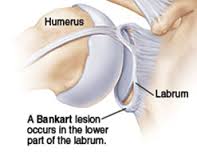 M&M Conference - by M-E Case:
Shoulder Dislocation:
Chronic Shoulder Dislocations
0 Comments
Leave a Reply. |
Categories
Archive
February 2018
Please read our Terms of Use.
|
